Pulsed Red Light Therapy:
A Comprehensive Guide
Pulsed red light therapy, also known as low-level light therapy (LLLT), is a non-invasive treatment that has been gaining popularity in recent years. This therapy
involves using a device that emits specific wavelengths of red light in pulses to promote healing and reduce pain and inflammation in the body. In this article, we'll explore what pulsed red light therapy is, how it works, and its benefits.
1.What is a pulse?

The pulse frequency refers to the the interval between the "on" time to the next "on" time. This is measured and communicated in units of Hertz, or Hz.
Hertz is simply the cycles per second.
A pulse is a short burst of light emitted by a device. In pulsed red light therapy, the device emits pulses of red light at specific frequencies. These pulses are typically short in duration and are separated by periods of darkness.
One specific data point to illustrate the concept of a pulse is the frequency at which the device emits these pulses. For example, a pulsed red light therapy device might emit pulses at a frequency of 10 Hz, then the light is flashing on and off 10 times per second.
2.What is a pulse therapy lamp?

A pulse therapy lamp is a device that emits pulsed red light at specific wavelengths to promote healing and reduce pain and inflammation. These devices are typically handheld and can be used to target specific areas of the body.
Pulse therapy lamps come in various forms, including LED lights and laser devices. LED lights emit broad-spectrum light, while laser devices emit a narrow, focused beam of light. Both types of devices have been shown to be effective in pulsed red light therapy.
3.What is the Nogier frequency?

The Nogier frequency is a specific frequency range that is believed to have healing properties. It was discovered by Dr. Paul Nogier, a French physician who was studying the effects of acupuncture on the body.
The Nogier frequency includes a range of frequencies between 10 Hz and 4 000Hz. This range is further divided into specific frequencies, such as 292 Hz, 584 Hz, and 1174 Hz. The separation of frequencies is believed to be important because each frequency is thought to have different healing properties.

● 2.5Hz: This frequency is commonly used for edema, chronic issues, and migraines.
● 10Hz: This frequency is used for brain health and promotes the alpha state, which is a wakefully relaxed and peaceful state. It is often used to aid in sleep and to decrease depression and anxiety.
● 40Hz: This frequency is used for both brain health and inflammation. It promotes the gamma state, which is characterized by intense focus and active problem-solving. It is ideal for use in the morning to energize and for preventative care as well as cognitive issues. 40Hz is the most frequently used pulse as it benefits both the brain and body. If the pulsing is uncomfortable, it is recommended to use 147Hz, as the eyes do not detect pulsing of light above 80Hz.
● 73Hz: This frequency promotes increased cellular activity and is used for chronic recurring problems, nonunion fractures, and for stimulation of osteoid. It is also helpful in activating humeral and endocrinal functions.
● 147Hz: This frequency is used for general inflammation and areas of scar tissue that are generally formed internally on tendons, ligaments, and sub-acute conditions.
● 294Hz: This frequency is used for ectodermal (outermost) tissue, such as body openings, eyes, skin, nerves, and wound tissue.
● 587Hz: This frequency is used for endodermal tissue, such as organs, circulatory, and lymphatic stimulation.
● 1174Hz: This frequency is used for mesodermal tissue, such as bone, ligament, viscera, and tendon. It also helps in relaxing large muscle groups.
● 2349Hz: This frequency is used for chronic conditions.
● 4698Hz: This frequency is used for pain control primarily when nerve fibers are transmitting to dorsal root ganglia. It aids in diminishing excess calcification associated with bone spurs and arthritic conditions.
4.How to Use the Pulsed LED Red Therapy Device?
To use a pulsed LED red therapy device, simply place the device on the area of the body that you want to treat. The device will emit pulses of red light, which will be absorbed by the cells in the body. The treatment is typically painless and non-invasive, and can be performed in the comfort of your own home.
The basis for using different frequencies in pulsed red light therapy is the idea that different frequencies have different effects on the body. For example, low-frequency light (10-100 Hz) is believed to be effective in reducing inflammation, while higher-frequency light (100-1000 Hz) is thought to be helpful in promoting wound healing.
The benefits of using different frequencies in pulsed red light therapy are numerous. By targeting specific frequencies, this therapy can help to promote healing, reduce pain and inflammation, improve circulation, and even boost mood.
5.Compared with ordinary red light therapy, the pros and cons of pulse red therapy light
-
Pros of Pulse Red Therapy Light:
-
1.Faster Treatment Time: One of the major advantages of pulse red therapy light is that it offers faster treatment times. With traditional red light therapy, sessions can last anywhere from 20 to 30 minutes. However, pulse red therapy light sessions can be as short as 5 to 10 minutes.

-
2.Increased Penetration: Pulse red therapy light has been shown to penetrate deeper into the skin than traditional red light therapy. This increased penetration allows the light to reach deeper tissues and organs, providing more comprehensive healing and therapy.
-
3.Improved Healing: Pulse red therapy light has been shown to improve the healing of injuries and wounds. It does this by increasing circulation and oxygenation to the affected area, which promotes the growth of new tissue and speeds up the healing process.
-
4.Reduced Inflammation: Pulse red therapy light has anti-inflammatory properties that can help to reduce pain and swelling in the body. This makes it an effective therapy for conditions such as arthritis, tendonitis, and other inflammatory disorders.
-
Cons of Pulse Red Therapy Light:
-
1.Cost: Pulse red therapy light is typically more expensive than traditional red light therapy. This is because the technology is newer and more advanced, and the equipment used in the therapy is more complex and sophisticated.

-
2.Potential Side Effects: While pulse red therapy light is generally considered safe, there is a risk of potential side effects. These may include skin irritation, headaches, and nausea. However, these side effects are generally mild and temporary.
-
3.Limited Availability: Pulse red therapy light is not yet widely available, and it can be difficult to find practitioners who offer this type of therapy. This may make it difficult for some people to access this treatment option.
-
4.Less Research: While there is some research to support the benefits of pulse red therapy light, there is still much that is unknown about this treatment option. As such, it may be difficult for some people to fully understand the potential benefits and risks of this therapy.

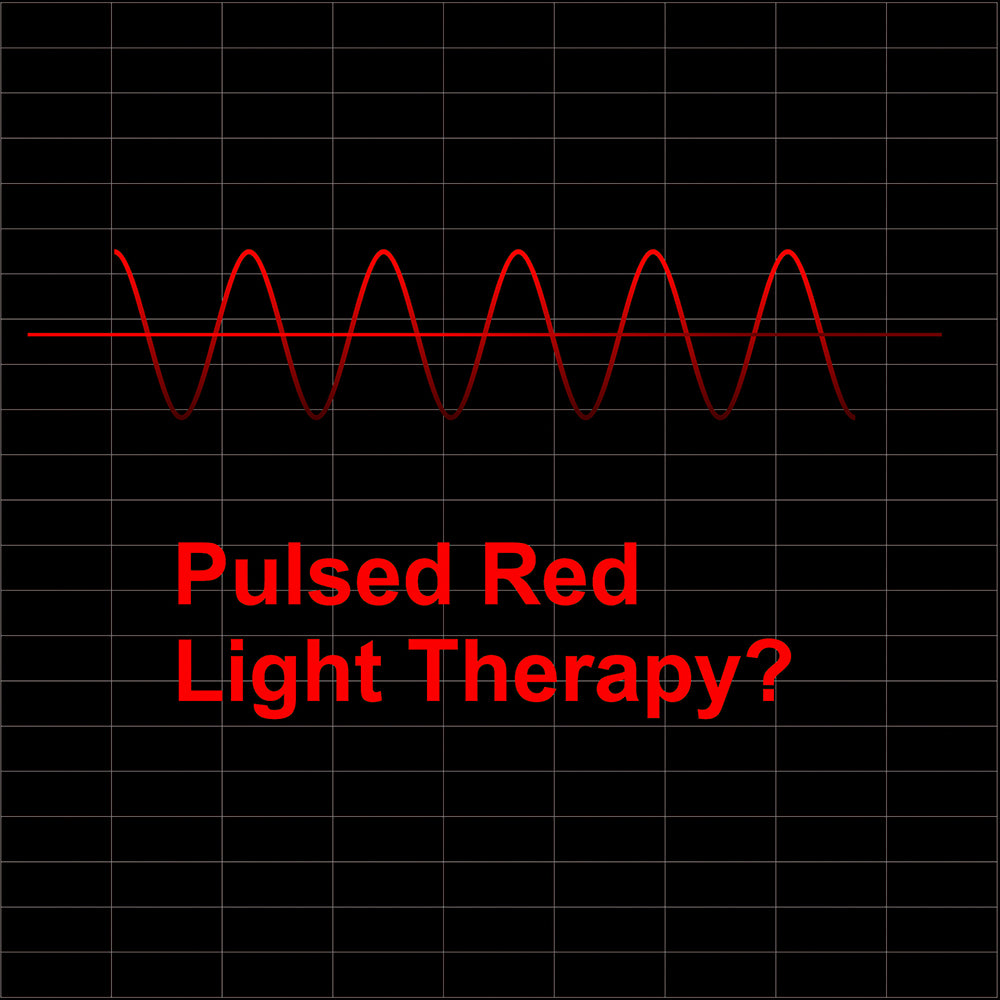
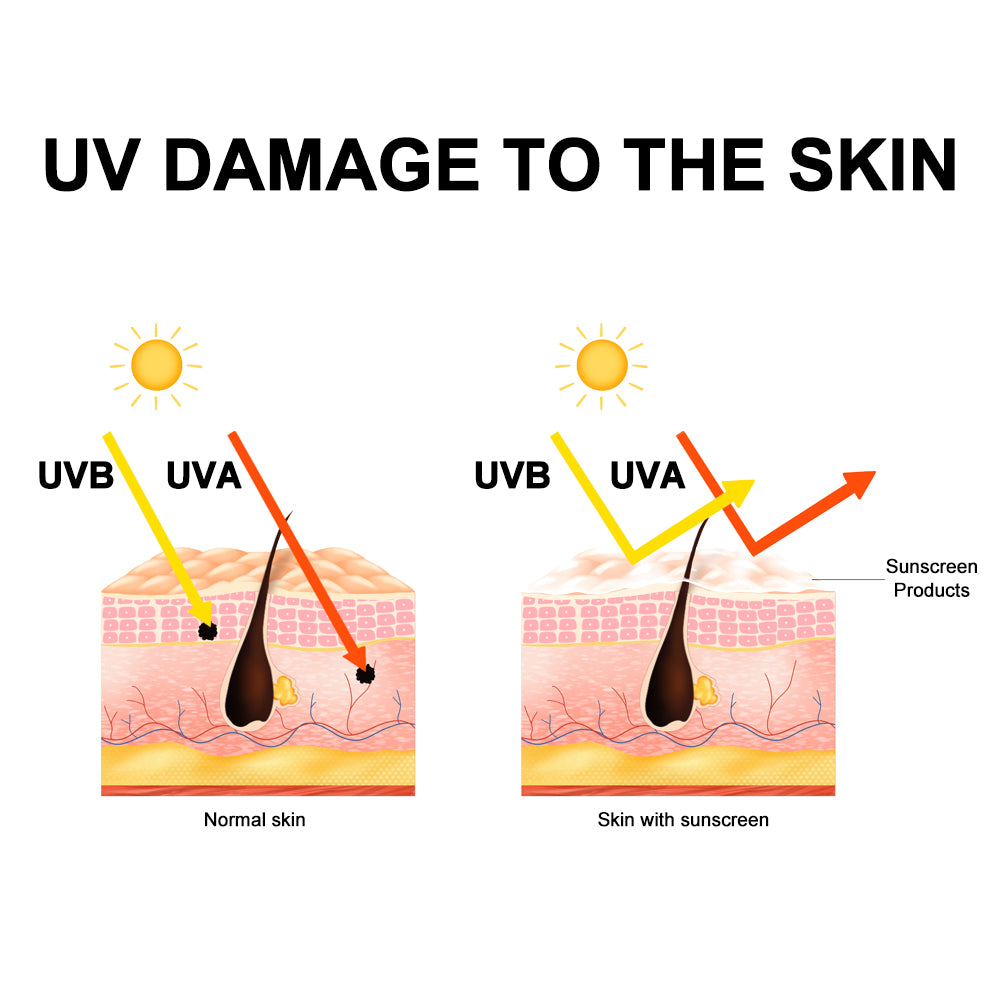
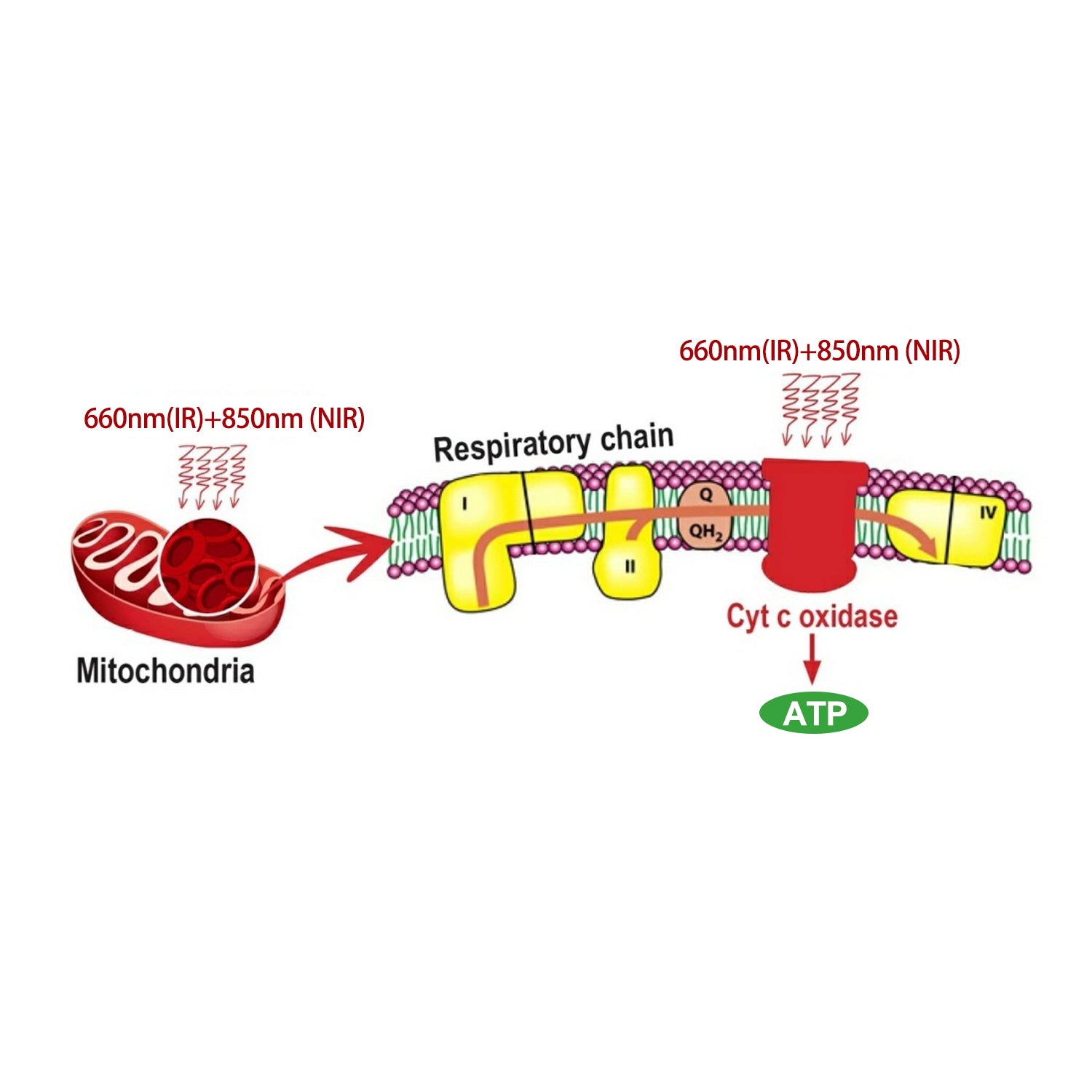
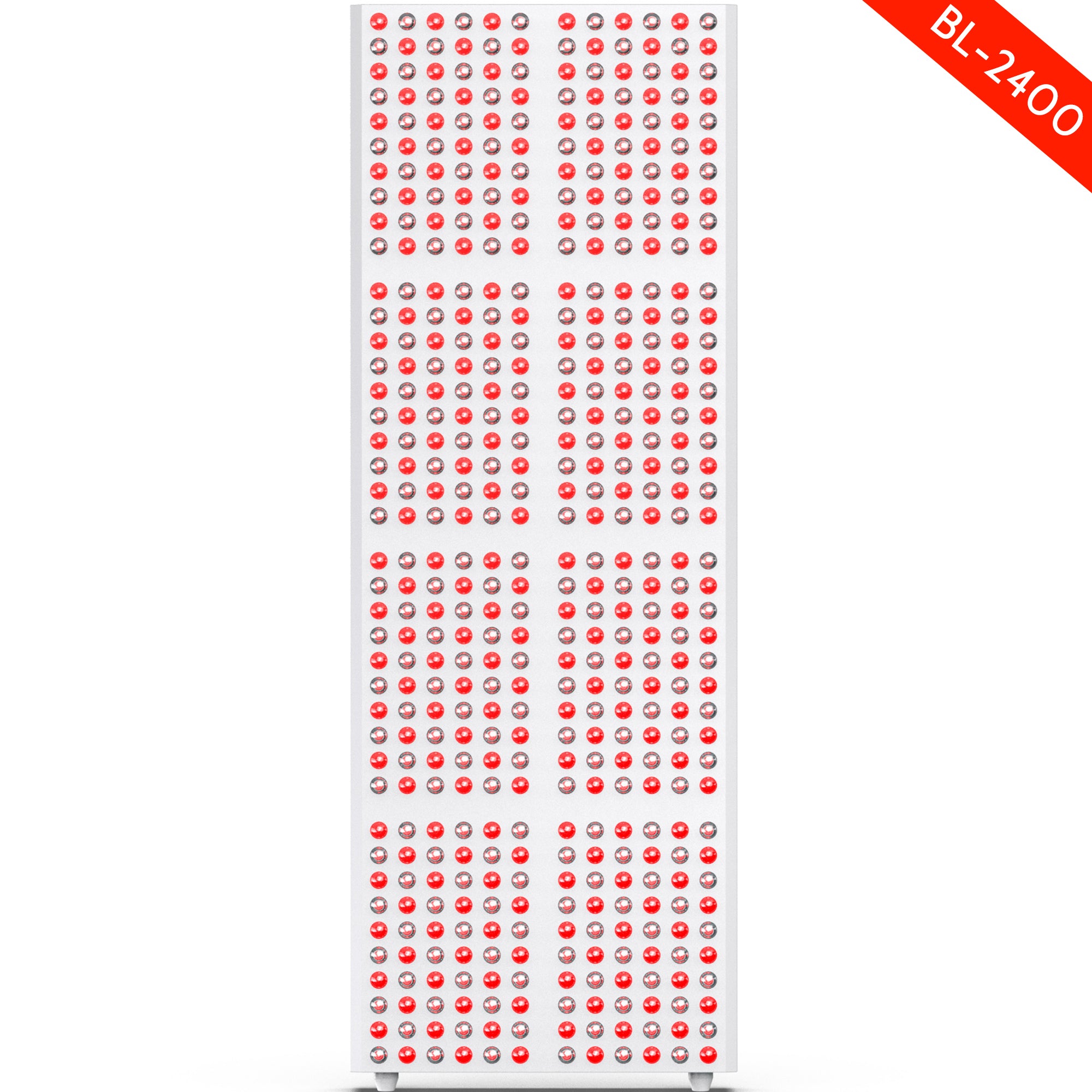
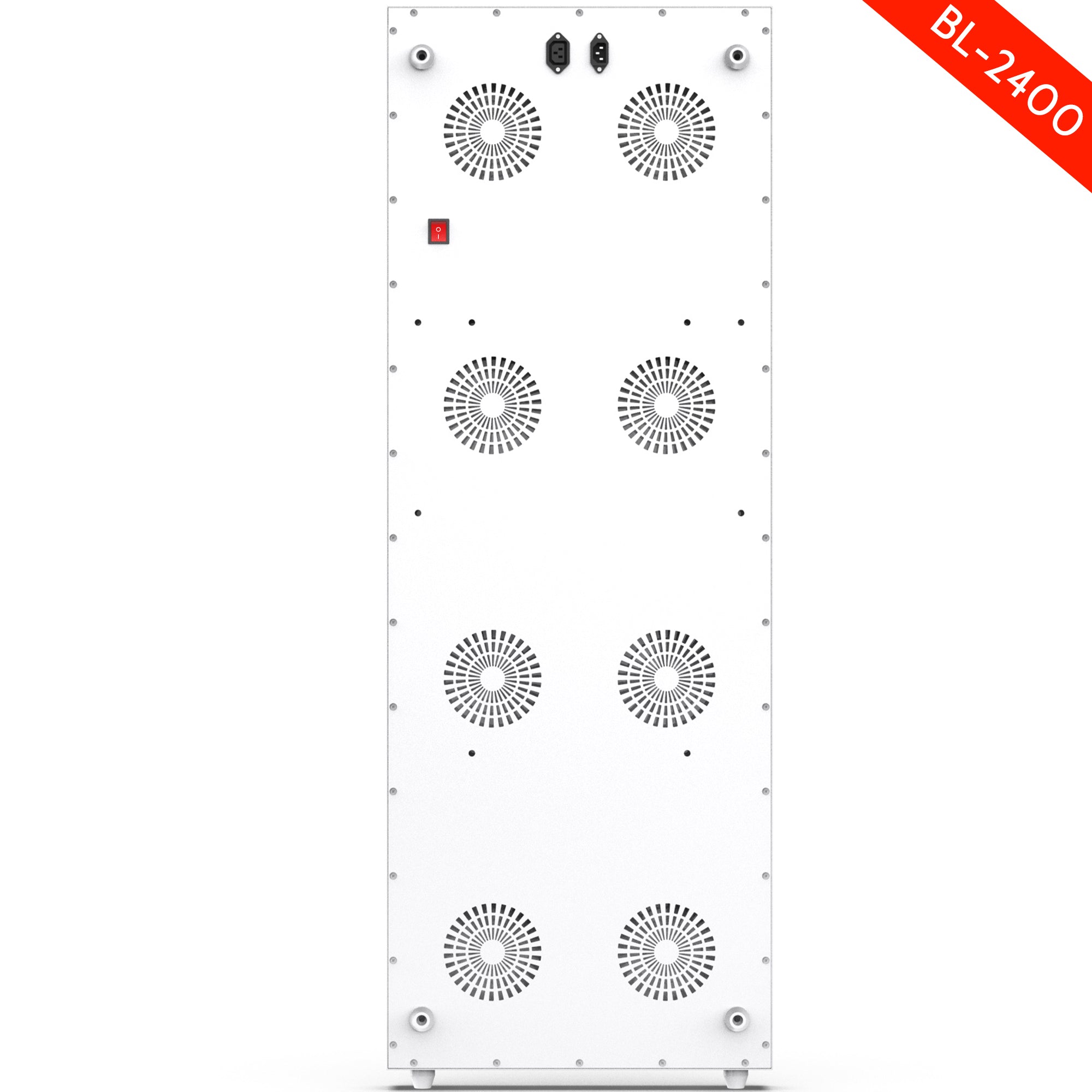
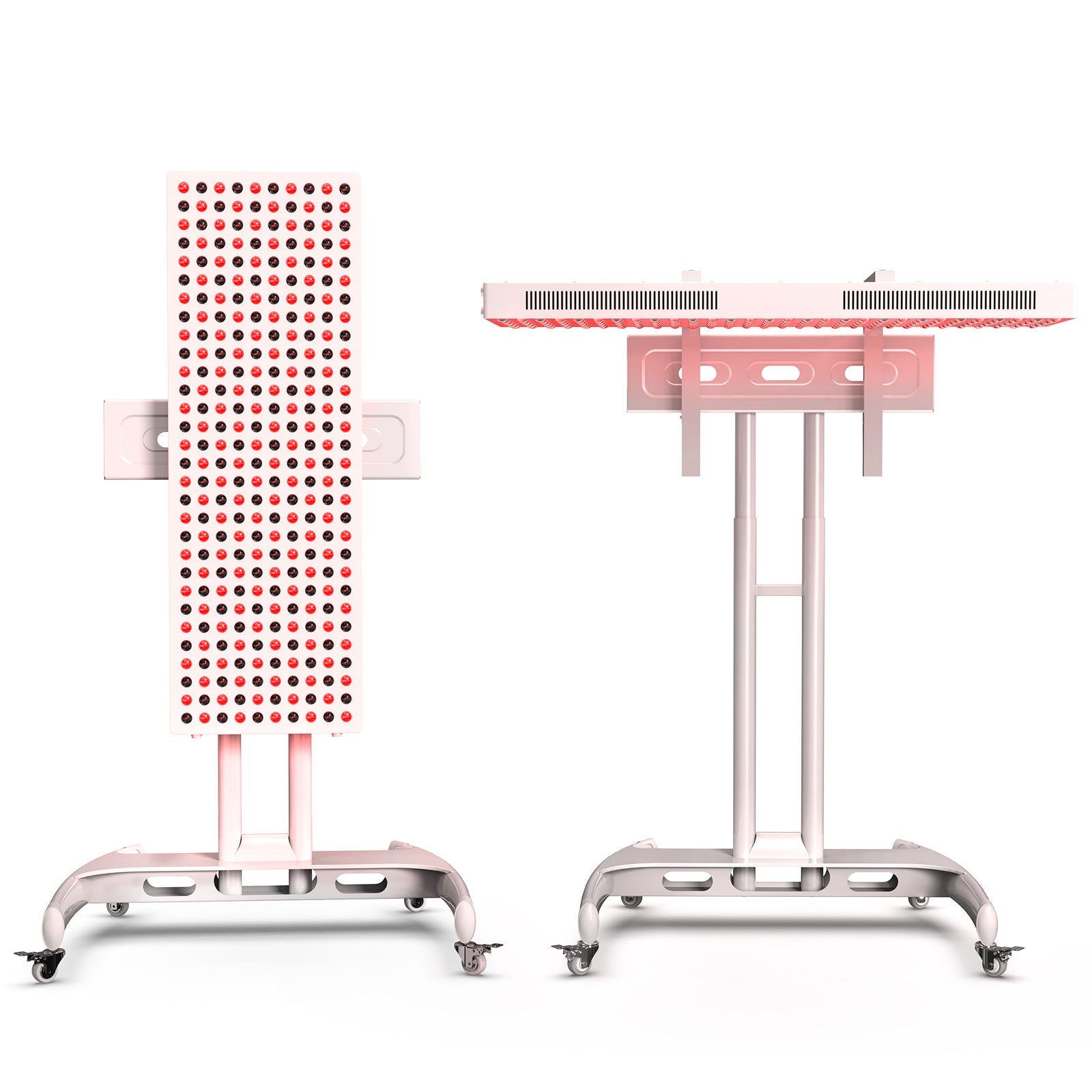
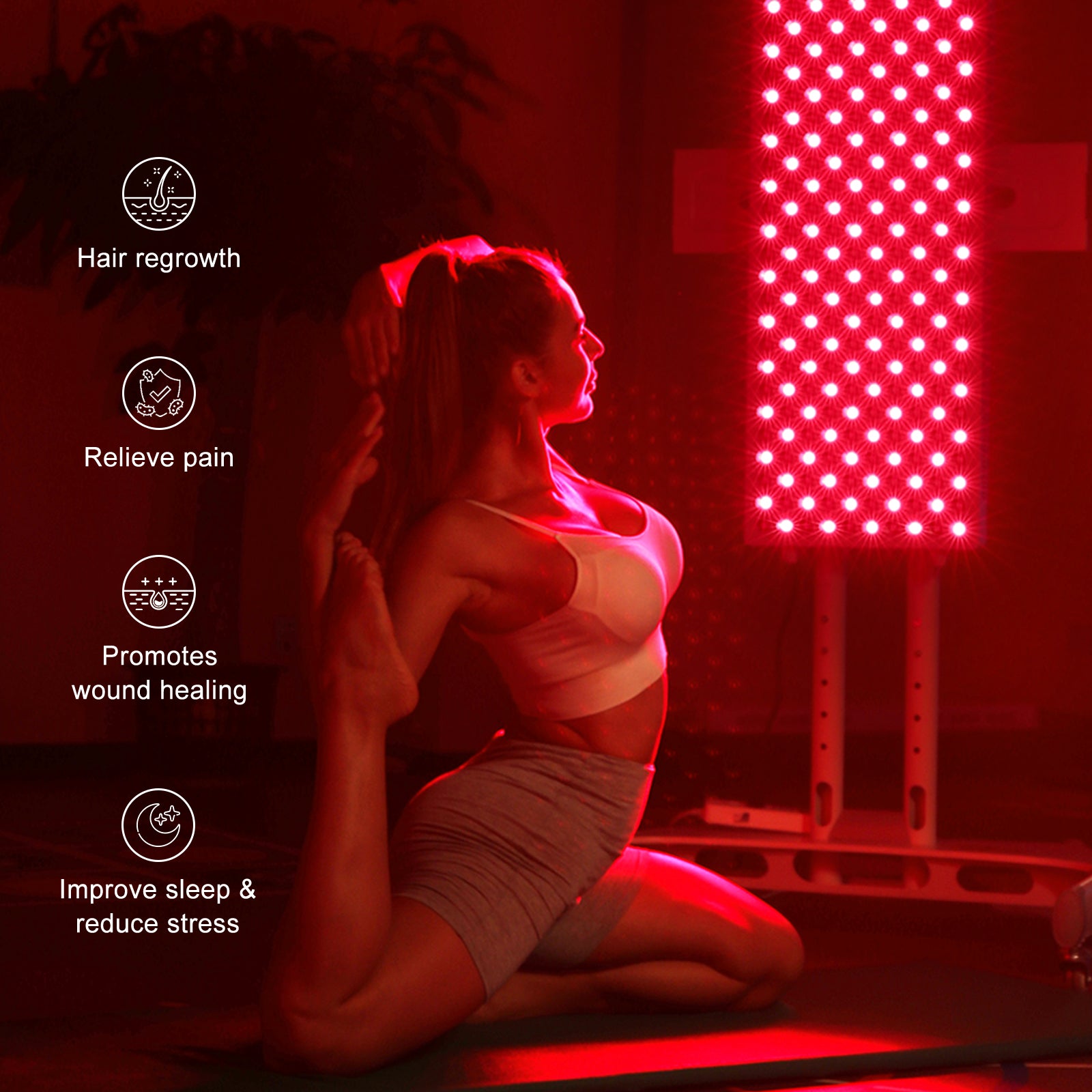
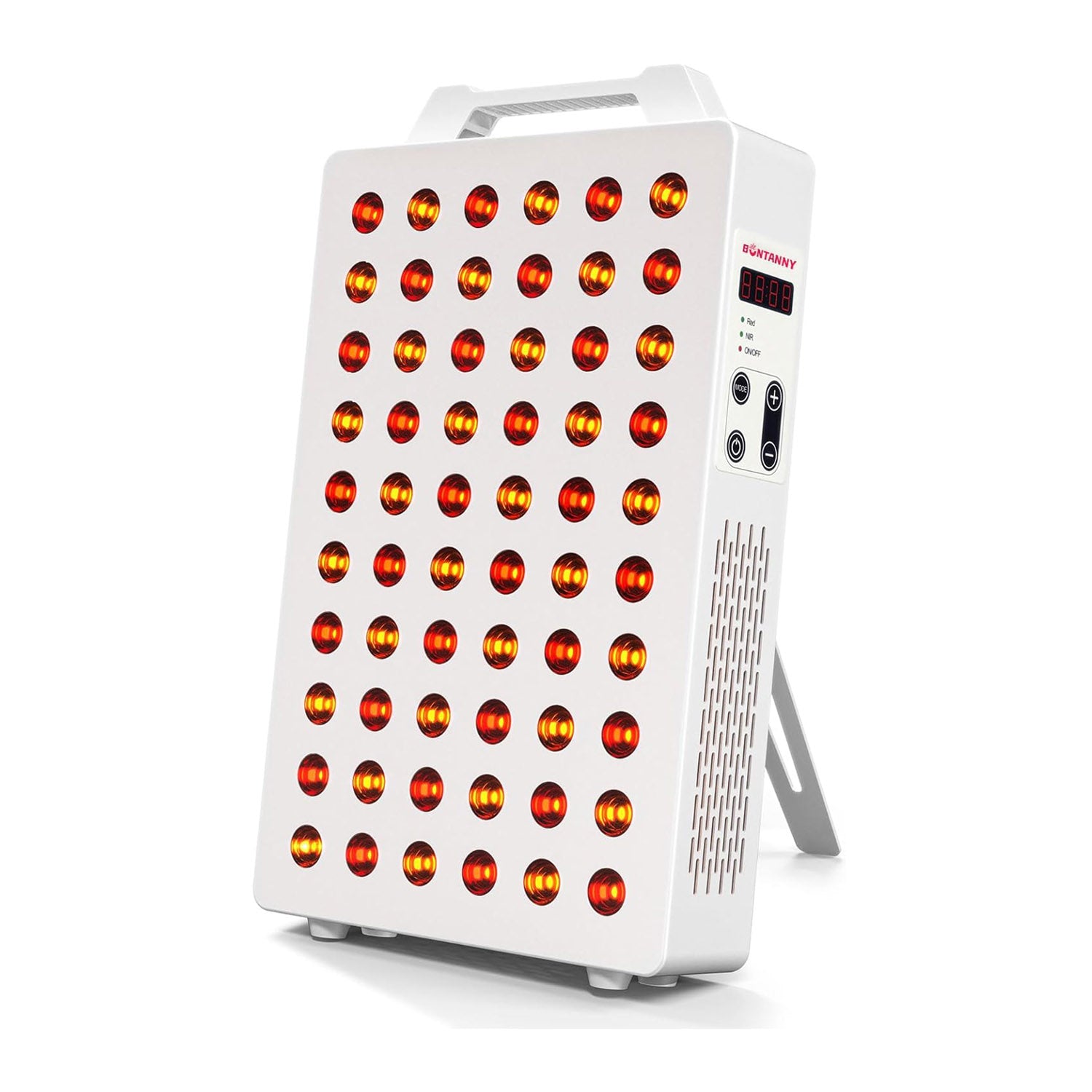
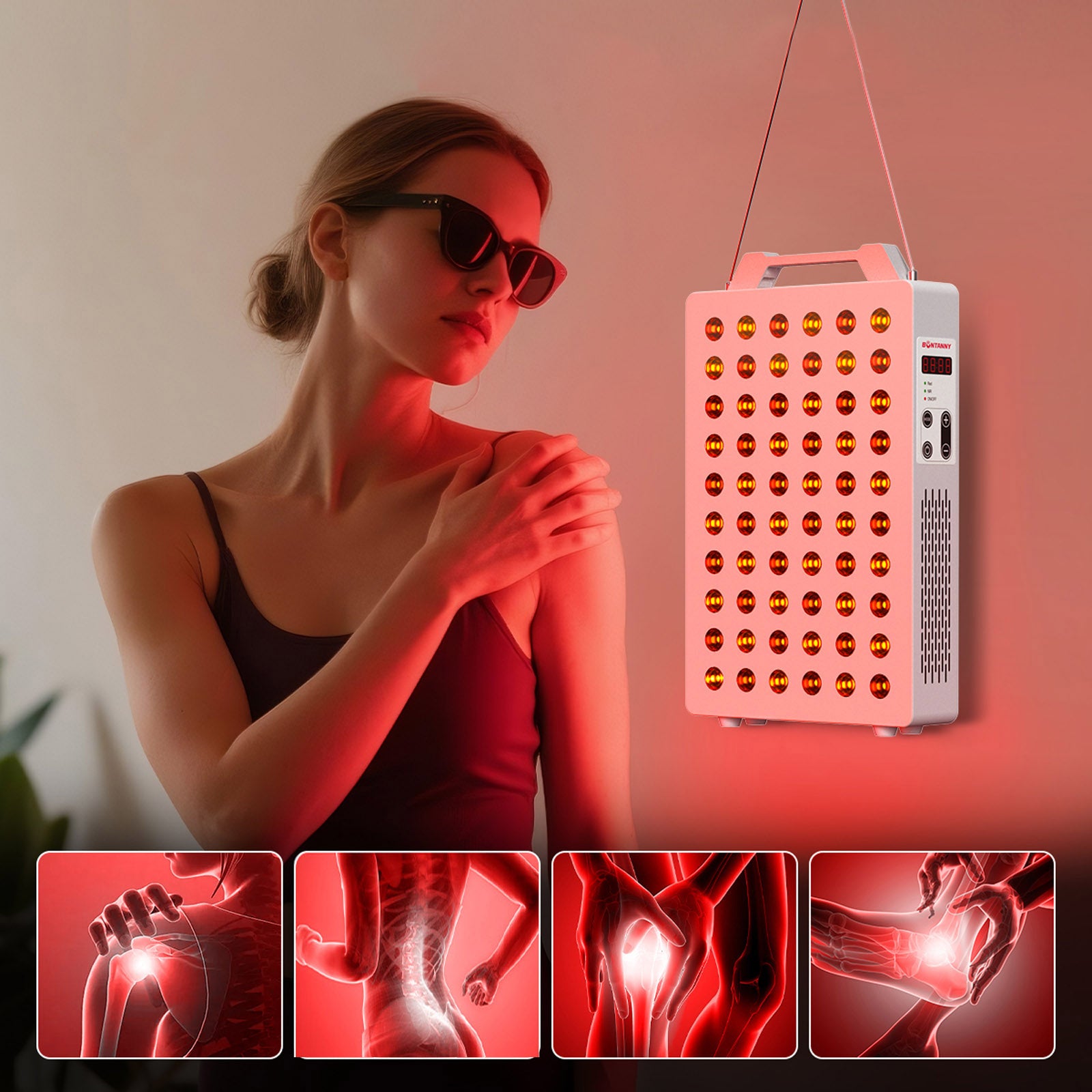
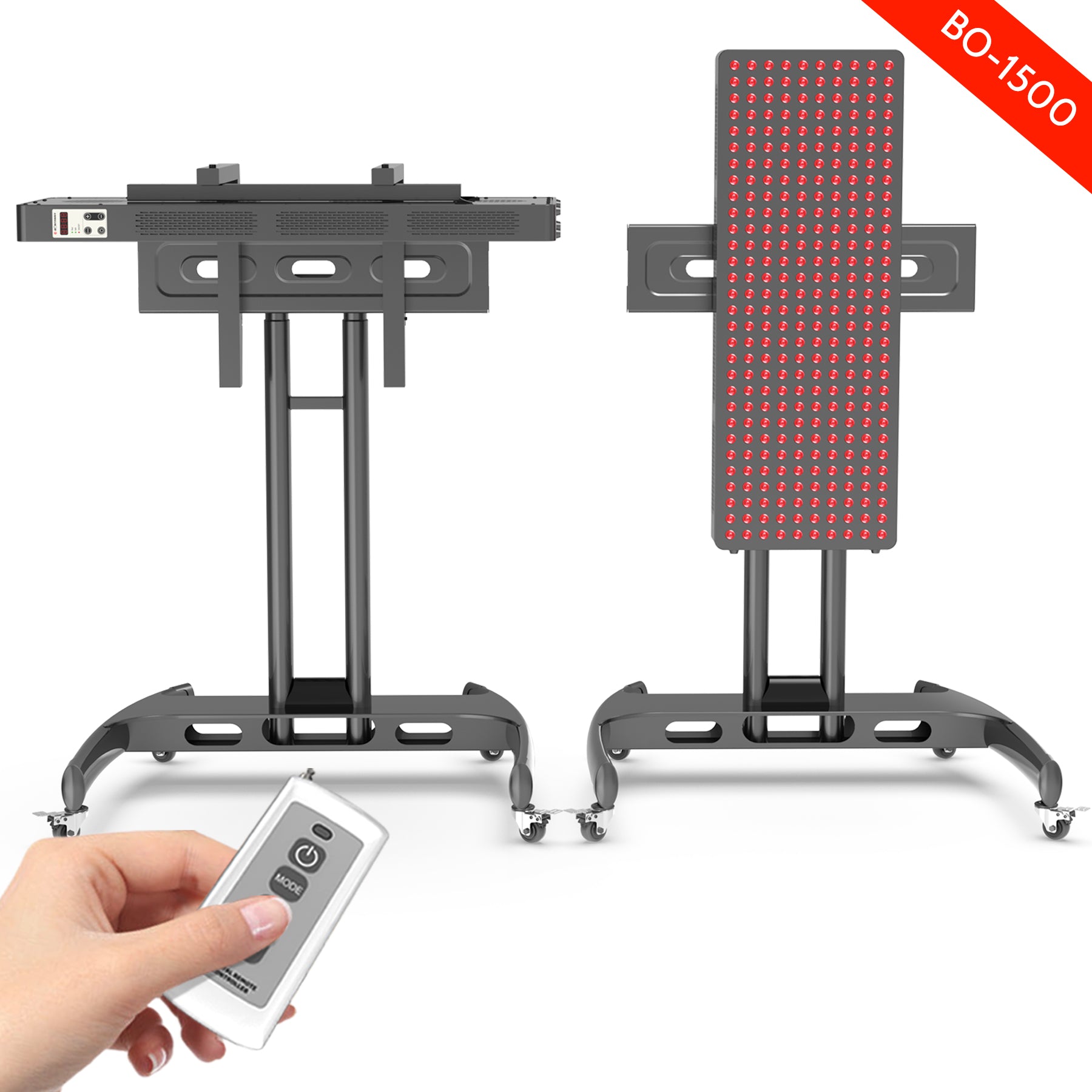
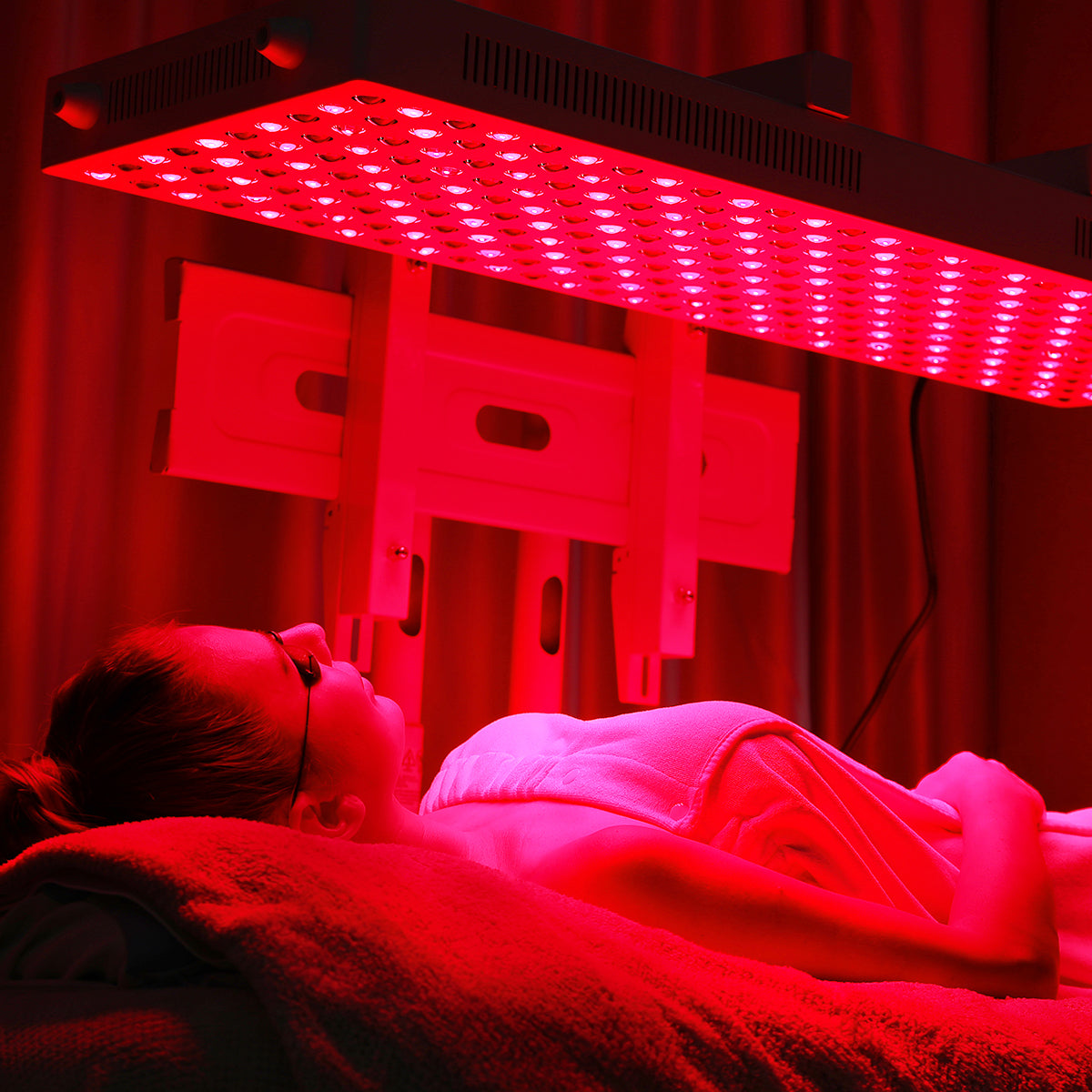
Leave a comment
This site is protected by hCaptcha and the hCaptcha Privacy Policy and Terms of Service apply.